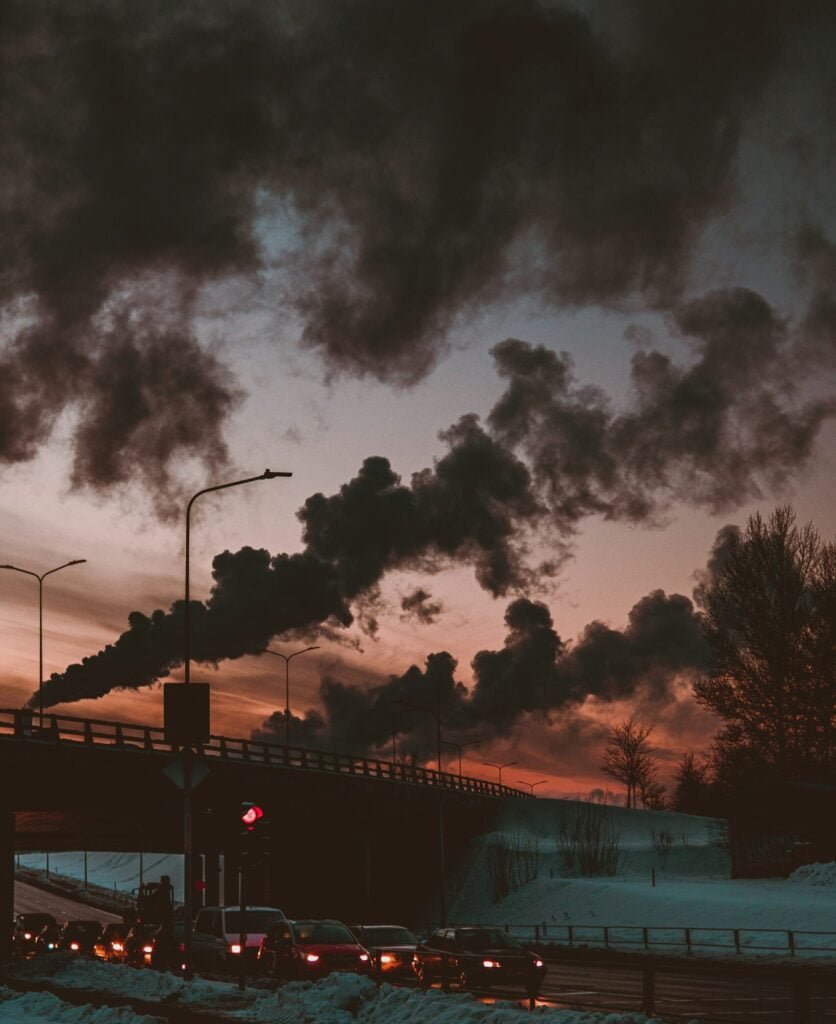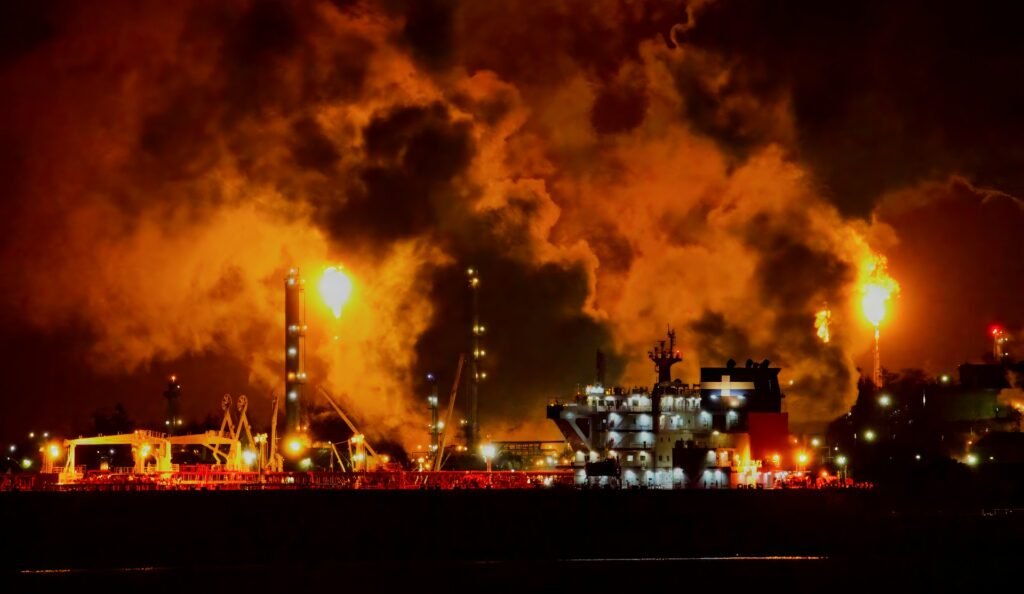There are many causes of climate change. For example, deforestation, greenhouse gases, burning fossil fuels, volcanic eruptions, fluctuations in solar radiation, and tectonic shifts, among others. There are two types of causes in the world: nature is responsible for one, and humans are responsible for the other. However, mostly people are responsible for climate change.
Greenhouse gases are the most dangerous reason for climate change. Many of these greenhouse gases occur naturally, but human activities are increasing the concentrations of some of them in the atmosphere, in particular:
- Carbon dioxide
- Methane
- Nitrous oxide
- Fluorinated gases
CO2 produced by human activities is the largest contributor to global warming. By 2020, its concentration in the atmosphere had risen to 48% above its pre-industrial level (before 1750). Other greenhouse gases are emitted by human activities in smaller quantities. Methane is a more powerful greenhouse gas than CO2 but has a shorter atmospheric lifetime. Nitrous oxide, like CO2, is a long-lived greenhouse gas that accumulates in the atmosphere over decades to centuries. Non-greenhouse gas pollutants, including aerosols like soot, have different warming and cooling effects and are also associated with other issues such as poor air quality.
Natural causes, such as changes in solar radiation or volcanic activity, are estimated to have contributed less than plus or minus 0.1°C to total warming between 1890 and 2010.
Billionaires are one of the unexpected causes of climate change. The investments of 125 billionaires produce 393 million metric tonnes of carbon dioxide emissions every year. The billionaires included in the study have a collective $2.4 trillion stake in 183 companies, which averages out at 3 million metric tonnes of carbon dioxide emitted per billionaire per year. People outside the world’s wealthiest 10% emit an average of 2.76 metric tonnes of carbon dioxide annually. These billionaires’ investments produce an annual average of 3 million metric tons of carbon dioxide (CO2) per person, which is a million times higher than the average 2.76 tons of CO2 for those living in the bottom 90%.
Deforestation or cutting down trees is one of the most dangerous causes of climate change. Forests cover 31% of the land area on Earth, and annually 75,700 square kilometers (18.7 million acres) of forest are lost. According to the World Resource Institute, there was a 12% increase in the loss of primary tropical forests from 2019 to 2020. Deforestation comes in many forms: wildfire, agricultural clearcutting, livestock ranching, and logging for timber, among others.
Manufacturing and industries are another cause of climate change. Manufacturing and industry produce emissions, mostly from burning fossil fuels to produce energy for making things like cement, iron, steel, electronics, plastics, clothes, and other goods. Mining and other industrial processes also release gases.
Transportation worldwide is much responsible for climate change. Most cars, lorries, ships, and planes run on fossil fuels. That makes transportation a major contributor to greenhouse gases, especially carbon-dioxide emissions. Road vehicles account for the largest part, but emissions from ships and planes continue to grow.
Powering buildings is another cause of climate change. Globally, residential and commercial buildings consume over half of all electricity. As they continue to draw on coal, oil, and natural gas for heating and cooling, they emit significant quantities of greenhouse gas emissions.
The food we throw away also has a huge impact on the environment. In Asia, it has been seen too much. For example, in Bangladesh, there are so many poor people who cannot eat properly daily. But there is so much waste of food, which causes so much air pollution in the environment. Not only air but also water pollution. Smoking cigarettes, filling the river, overpopulation, cutting down trees, etc., are the most responsible causes of climate change in Bangladesh.
To know the solution of climate change, click here:
https://weatherclash.com/index.php/2024/03/10/what-is-the-solution-of-climate-change/



